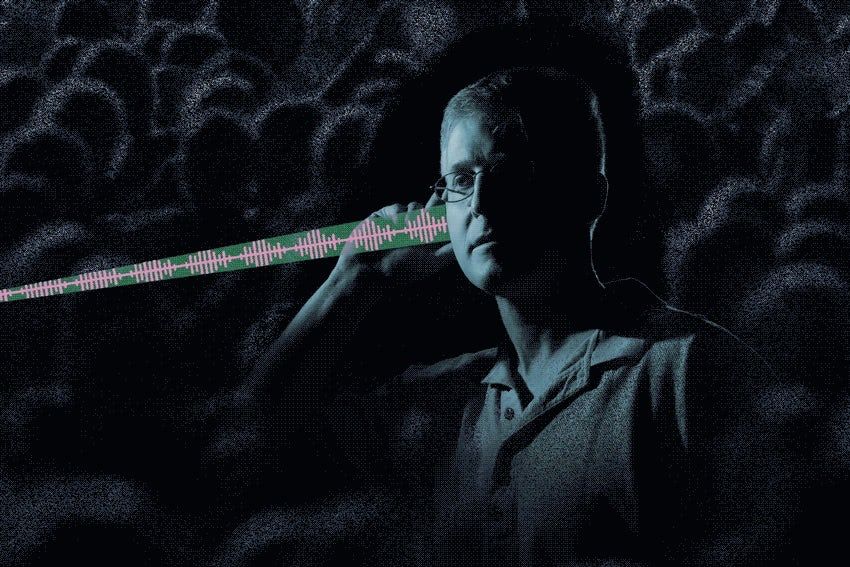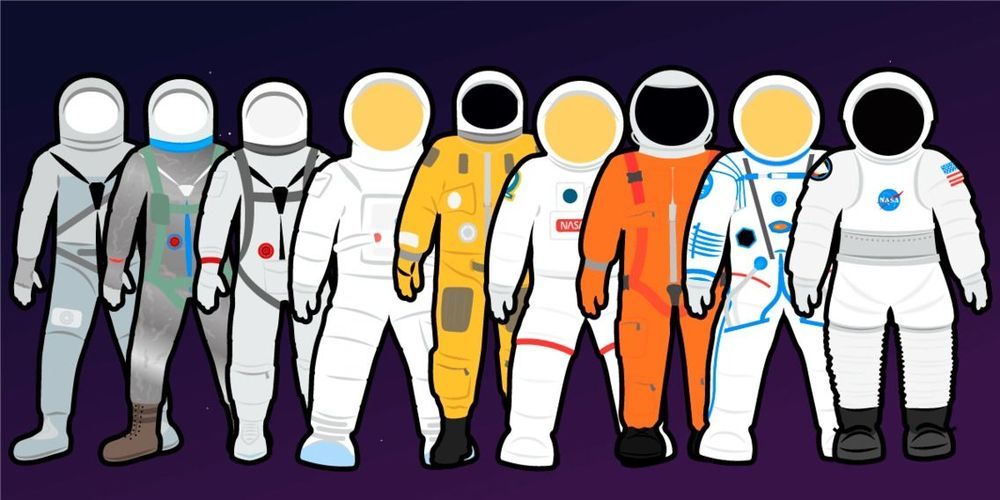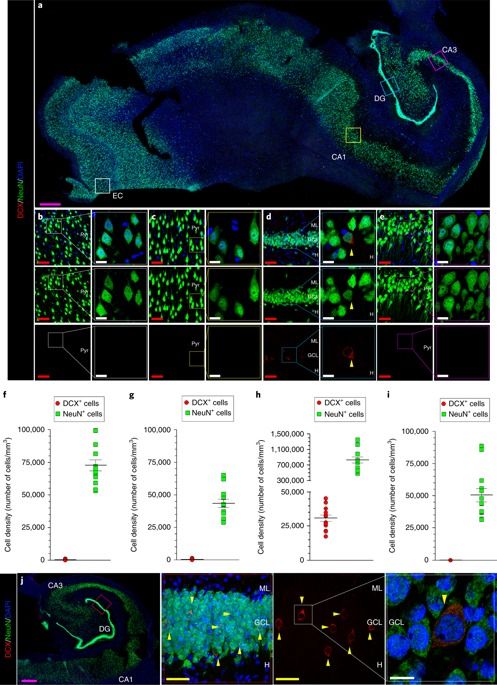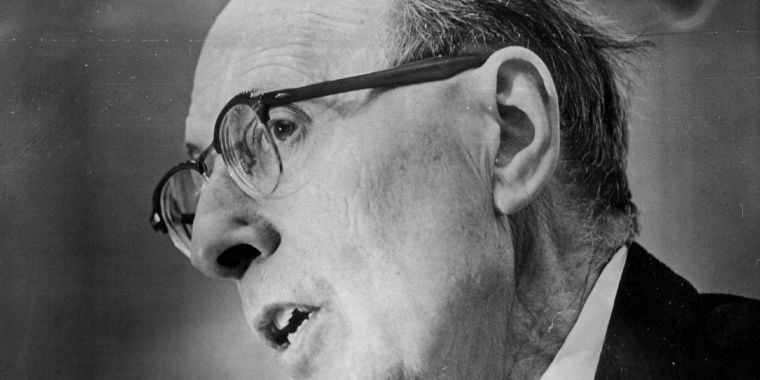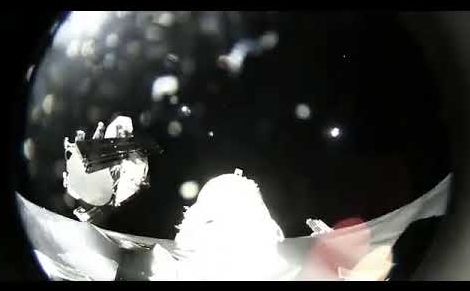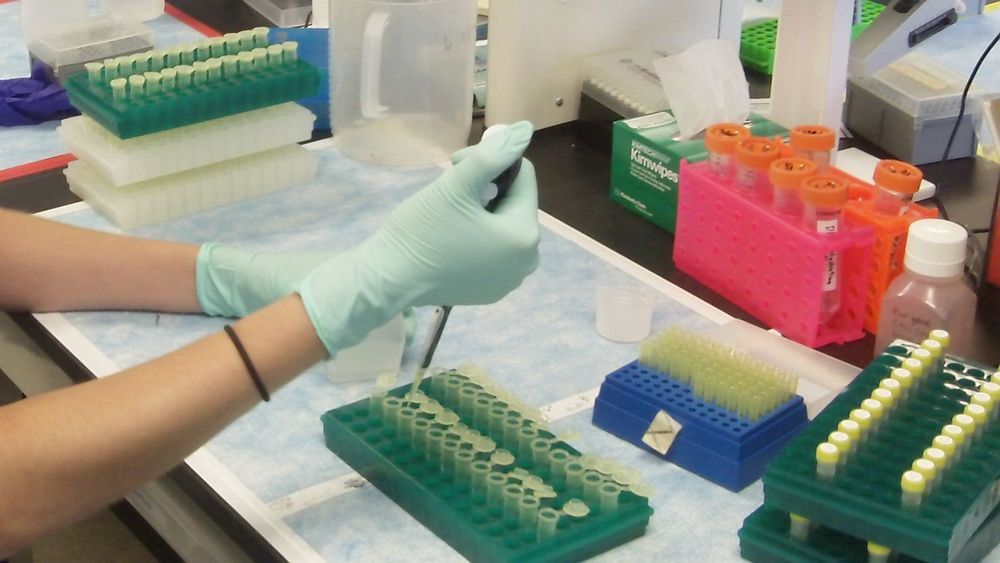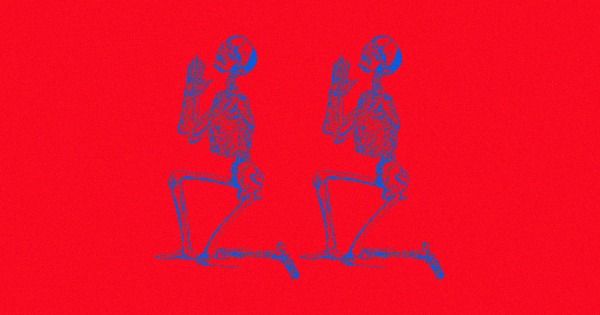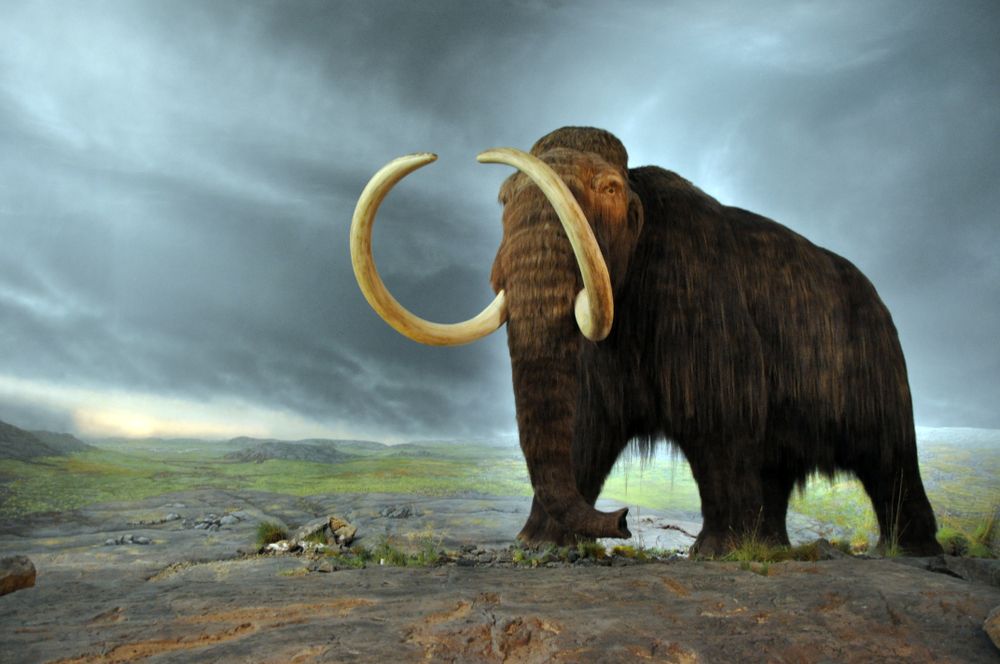Mar 27, 2019
Lasers can send a whispered audio message directly to one person’s ear
Posted by Genevieve Klien in category: media & arts
Lasers have been used to send targeted, quiet messages to someone from several meters away, in a way that no one nearby would be able to hear.
How it works: To send the messages, researchers from MIT relied upon the photoacoustic effect, in which water vapor in the air absorbs light and forms sound waves. The researchers used a laser beam to transmit a sound at 60 decibels (roughly the volume of background music or conversation in a restaurant) to a target person who was standing 2.5 meters away.
A second technique modulated the power of the laser beam to encode a message, which produced a quieter but clearer result. The team used it to beam music, recorded speech, and various tones, all at conversational volume. “This can work even in relatively dry conditions because there is almost always a little water in the air, especially around people,” team leader Charles M. Wynn said in a press release. Details of the research were published in Optics Letters.
Continue reading “Lasers can send a whispered audio message directly to one person’s ear” »
